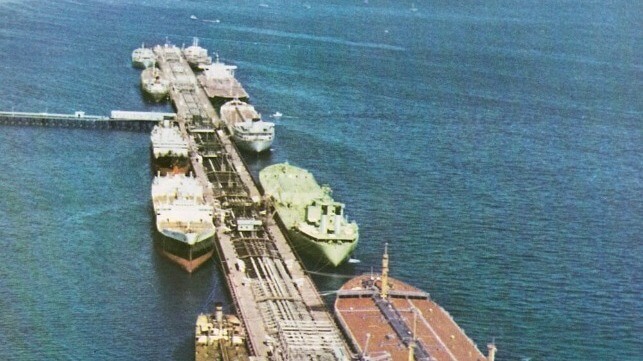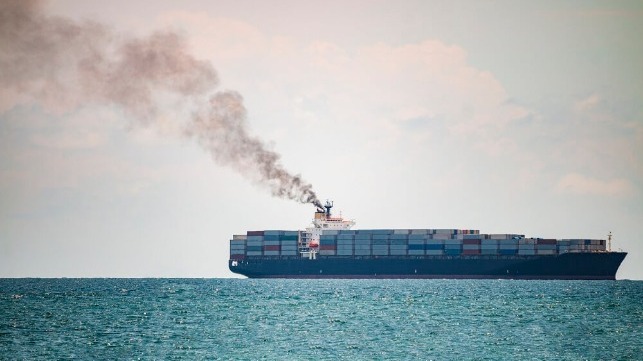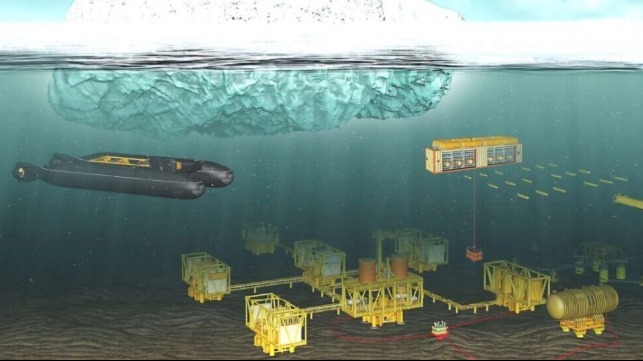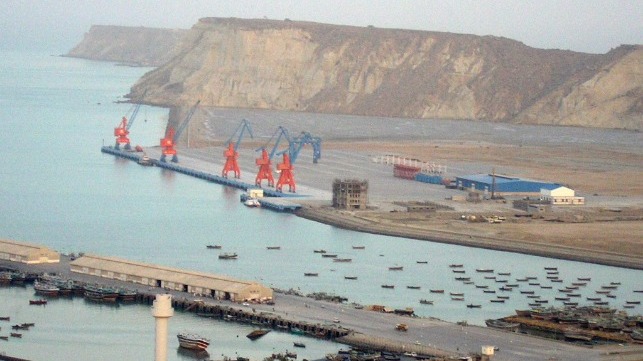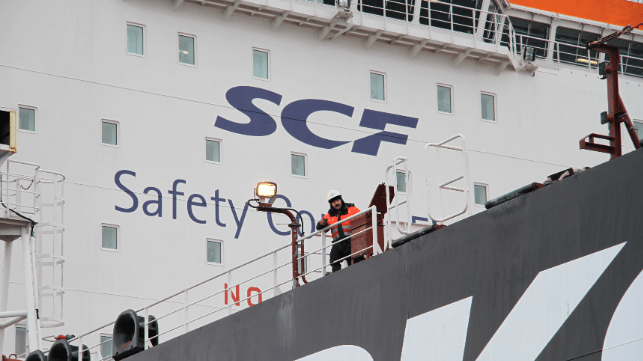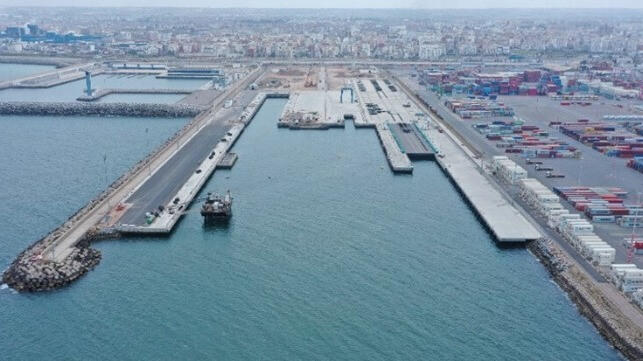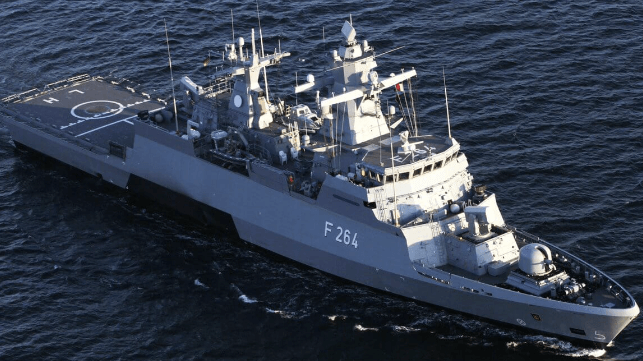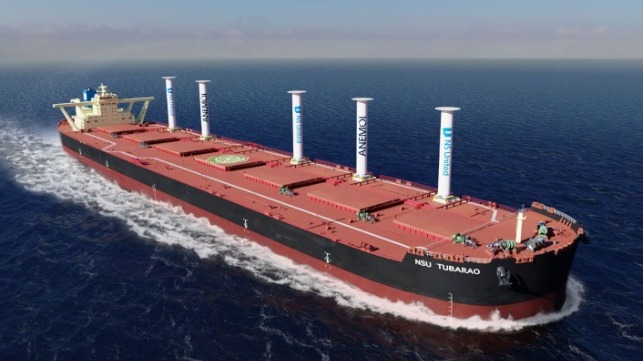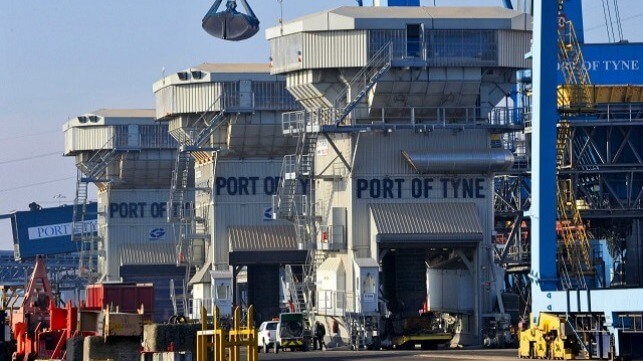[By Jiang Mengnan]
In June this year, the Bank of China (BOC) issued the first sustainable development bonds for which all funds raised are directed towards countries affiliated with the Belt and Road Initiative (BRI), according to the bank’s website. The bonds totaled $940 million and were issued simultaneously through BOC branches in Macau, Hungary , and Panama in US dollars and yuan.
Sustainable development bonds, or sustainability bonds, are issued to finance a combination of both green and social projects, often simultaneously. Banks typically use the raised money to provide loans for sustainability projects. Meanwhile, “green” bonds raise financing for eco-friendly projects such as renewable power stations and green transport schemes, and “social” bonds support projects with positive social impacts.
The release of the sustainability bonds is the latest example of Chinese financial institutions’ support for green Belt and Road investment, experts have told Dialogue Earth. Demand for financing that spurs green development has been growing for several years in developing countries, and China is now using green bonds and these new sustainability bonds to leverage private capital in support of “high-quality development” within BRI partner countries.
China was the world’s largest issuing market for green bonds in both 2022 and 2023, according to the 2023 Green Bond Report from the Climate Bonds Initiative (CBI), a non-profit seeking to mobilize global capital for climate action. In 2023, China’s issuances of green bonds abroad were in the range of $10 billion, or 10.9% of its annual total. This suggests that, compared to domestic issuance levels, there is still room for growth.
Belt and Road sustainability bonds: a history
Experts have told Dialogue Earth that while this most recent sustainability bond is the first of its kind, it is similar to other Belt and Road green bonds issued by BOC and the Industrial and Commercial Bank of China (ICBC) in recent years. The latter issued $2.15 billion of green bonds through its Luxembourg branch back in October 2017.
According to BOC’s disclosure, use of proceeds from this issuance of sustainability bonds complies with the environmental, social and sustainability guidelines and principles issued by the International Capital Market Association (ICMA). The funds raised will be used to support existing and future BOC investments in green and social projects, such as electric-vehicle battery manufacturing in Hungary, renewable-energy transmission in Slovakia, wind power in Uzbekistan and sustainable fisheries in Chile.
The BOC’s disclosure shows that the new tranche of bonds has attracted investors in the UK, Switzerland, UAE, Singapore, South Korea and Malaysia, among others. These investors include government institutions, asset management companies, insurers and banks.
Information on specific investors is not publicly available, but one expert at a stock exchange who wished to have their name withheld told Dialogue Earth: “At present, these bonds are most likely being bought by long-term BOC and ICBC investors, and perhaps by others caught up in the green investment boom.”
Greening BRI investments
China’s government and businesses have been looking at greening the Belt and Road Initiative in recent years, and in 2021 the country announced it would no longer build new coal-fired power plants abroad. The following year, the government updated its 2017 advice on promoting green development along BRI routes, with emphasis on “regulating companies’ environmental activities abroad”. The end of new coal-power projects abroad was also reiterated, along with a call for more green investment.
Jackie Lu, senior academic researcher at Boston University’s Global Development Policy Center, told Dialogue Earth that according to their databases, since 2021, China has stopped providing new loans to fossil-fuel-dedicated projects, including natural gas, in BRI countries, and that the most heavily invested projects now include hydroelectric, solar photovoltaic and grid developments.
BRI engagement in the form of financial investments and signed agreements rebounded in 2023 after several years of contraction, with some 212 deals worth $92.4 billion, according to the China Belt and Road Initiative (BRI) Investment Report 2023, published by the Green Finance and Development Center at Fudan University in Shanghai. China’s overall energy-related engagement in 2023 was the greenest since the BRI’s inception in 2013: in 2023, China’s solar and wind energy engagement was about $7.9 billion – about 28% of energy engagement – with an additional 6% ($1.6 billion) for hydropower.
However, Lu says that China’s main approach to projects in BRI countries, which involves issuing development-focused bank loans and offering support through multilateral financial institutions, presents two challenges. First, less private capital is mobilized, and second, it could be difficult to track the funds and assess their “greenness” because of poor transparency in some of the loan projects.
A Chinese green finance researcher who did not wish to be named told Dialogue Earth that financial institutions can potentially address these challenges by issuing green bonds to raise finance, then proceeding to make loans.
Pros and cons of Belt and Road green bonds
Bonds are a great way of leveraging private capital in support of green investment and development as bond buyers are usually private investors. The green finance researcher noted that the rate of default with green bonds is generally lower than for ordinary bonds. This is due to clear-cut standards and funds typically being allocated to long-term and stable projects, which risk-averse investors appreciate.
There is more transparency around the fate of funds raised by banks via bonds than through other means such as customer deposits, meaning greater peace of mind for investors, the researcher said. Any change in use of proceeds during the life of the bond must legally be disclosed, leaving little scope for greenwashing.
Also, financial institutions in BRI countries – which tend to be in developing regions and have low credit ratings – may need to set the interest on their bonds at rates higher than 10% to attract investors, Xie Wenhong, head of the China programme at the Climate Bonds Initiative, told Dialogue Earth. Bonds from Chinese banks – which enjoy high international credit ratings – can facilitate financing at lower rates of interest, easing pressure on the relevant countries and reducing risk for investors. The interest rate for the BOC sustainability bond is 2.82%, for instance.
However, green bonds worldwide face a major challenge: the return on investment is no more appealing than for that of other kinds of bonds. The green finance researcher gave the example of the World Bank issuing $150 million worth of five-year bonds in 2022 for the protection of black rhinos in South Africa: “The Rhino Bond featured various innovations and attracted enthusiastic media coverage, but ended up being bought mainly by charitable foundations, owing to the uncertain rate of return and the bond’s dependence on sustainable development outcomes.”
China’s green bonds face a similar situation. As a study from Tianfeng Securities indicates, they “can attract interest in the early stages due to their relative scarcity, but it is hard to maintain that enthusiasm over the long term”. The study recommends policy guidance to enhance the liquidity and allocation value of green bonds. One such example is by establishing a specific yield curve for green bonds – which shows the relationship between interest rates and time until maturity – as this will provide a more accurate reference for investors. Other examples include lowering the risk weight and introducing tax incentives for investing in green bonds.
Tightening standards and aligning with international equivalents
Green bonds issued abroad by China also have to compete with other similar foreign-issued products. This prompts the question of alignment with relevant international standards. “The degree of alignment is actually very high, on the whole,” noted Xie. He told Dialogue Earth that China came into closer alignment with international requirements following the 2021 removal of “clean coal use” from its green-bond catalogue.
Another former problem is fragmented regulation. Until the 2023 reform of China’s financial regulatory system, corporate bonds were regulated by the China Securities Regulatory Commission (CSRC), enterprise bonds by the National Development and Reform Commission (NDRC), and financial bonds by the People’s Bank of China. This led to inconsistencies inD regulatory reach and requirements. For example, to meet the requirements of enterprise-issued green bonds, it used to be sufficient to deploy more than 50% of their proceeds on green projects.
Enterprise versus corporate bonds
This first changed with the 2022 release of the China Green Bond Principles, which require that "100% of the proceeds from green bond issuances be directed into green projects." According to the CBI report, the proportion of green bonds meeting the requirement has rapidly increased since their release, surpassing 98% in 2023.
In addition, the financial regulatory system underwent major reform in March 2023. Review and approval of the issuance of enterprise bonds, which was originally the responsibility of the NDRC, now comes under the CSRC, along with other corporate bonds. According to Xie Wenhong, this could further harmonize the regulation of green bonds.
“The standards for Chinese green bonds are now more in line with international standards, both in terms of the green bond taxonomy and use-of-proceeds percentages,” says Xie. He added that the problems he mentioned generally only apply for green bonds issued within China. “For bonds issued abroad, such as Belt and Road sustainability bonds, it is normally the case that international standards like those of the ICMA or CBI, which meet the requirements of international investors, have [already] been adopted for a while.”
The Belt and Road green bond market is developing, but remains relatively small compared with China’s overall levels of investment in BRI projects. As the CBI report notes, with China introducing a series of economic stimulus policies and the US Federal Reserve entering a cycle of rate cutting, China’s overseas issuance of green and sustainability bonds is expected to pick up. If Chinese banks can further grow the scale of such bonds, they will be able to better support the energy transition and sustainable development of countries along BRI routes.
Jiang Mengnan is the strategic communications officer at Dialogue Earth, based in London. She joined in 2022 and is also a journalist specializing in sustainable finance and ESG development. She used to work in ESG consulting and communications in both private and non-profit sectors, and holds the title of Certified ESG Analyst (CESGA) from the European Federation of Financial Analysts Societies (EFFAS).
This article appears courtesy of Dialogue Earth and may be found in its original form here.
The opinions expressed herein are the author's and not necessarily those of The Maritime Executive.
